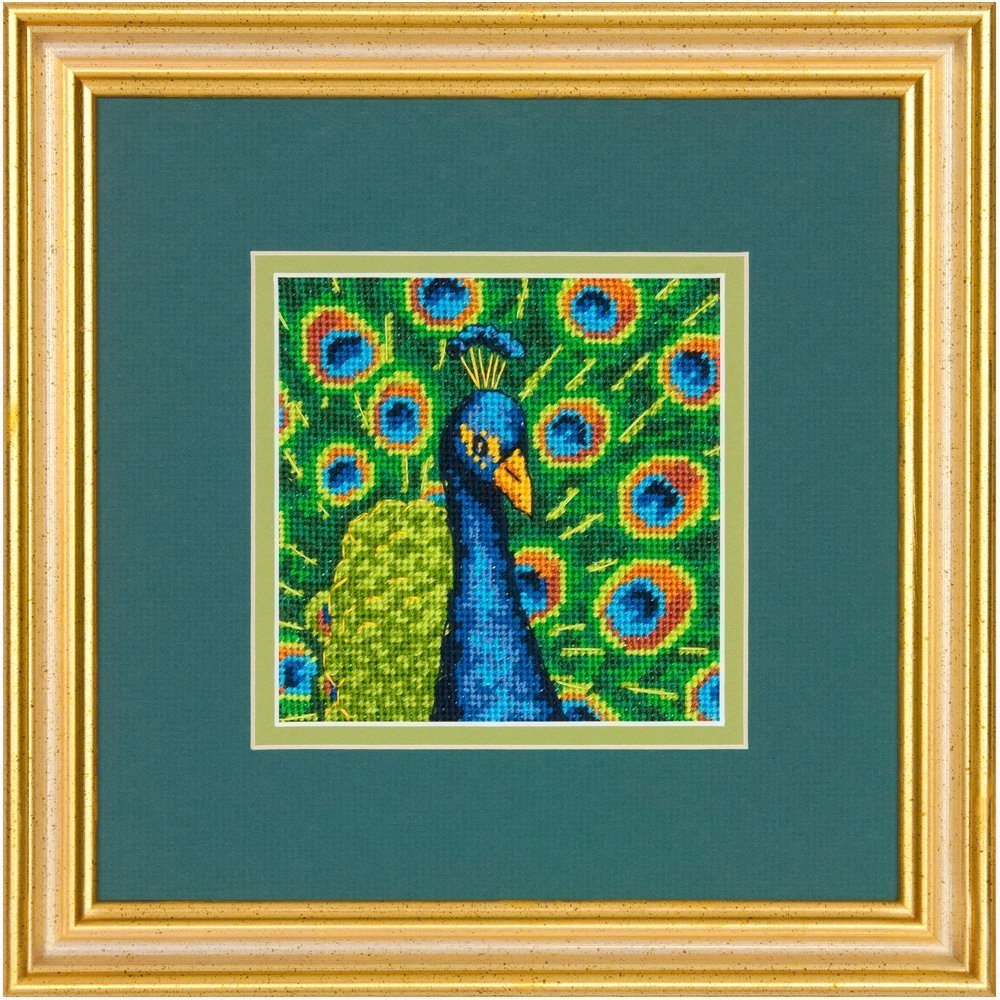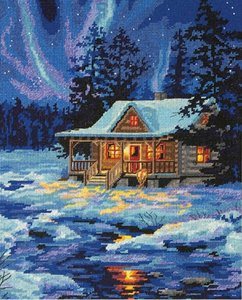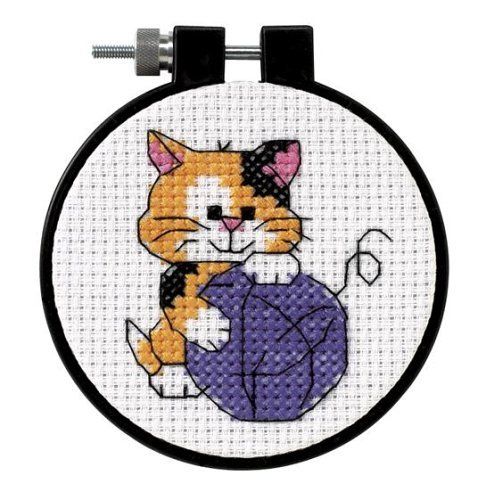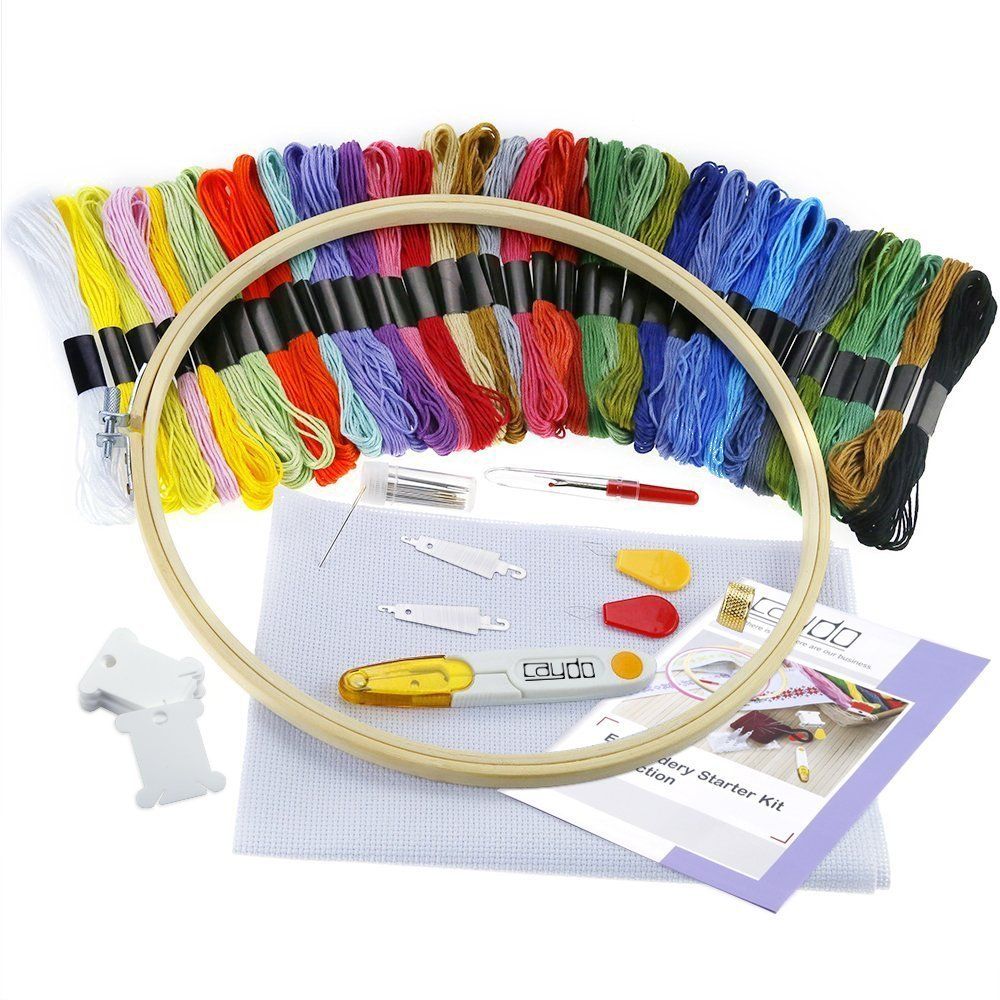Needlepoint vs Counted Cross Stitch
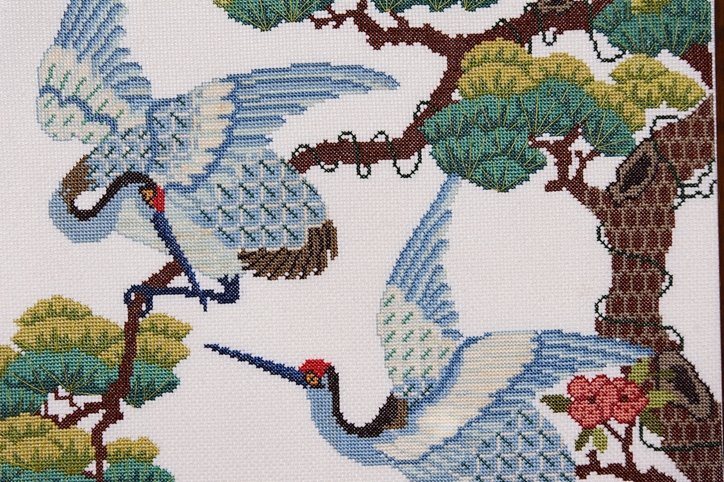
Needlepoint Birds
Folks often mistakenly think needlepoint is the same as cross stitch - however there is a big difference between needlepoint vs counted cross stitch , as I will explain.
Needlepoint Kits
Needlepoint is stitched using an open weave stiff canvas called “Mono Canvas”. When working with mono canvas the basic stich is a diagonal stitch also referred to as tent (/////) or basket weave, incorporating if you chose many other stitches that can be found in needlepoint books but the easiest to begin with is the tent. Another is the continental stitch which distorts the canvas so I do not recommend that.

Needlepoint closeup
I have stitched both but my passion is needlepoint! I began doing cross stitch after a friend introduced me to it in the early 80’s, then I discovered needlepoint after visiting a shop few years later and I was hooked! As stated, needlepoint is stitched using a canvas vs. fabric. The best needlepoint project is a hand painted design on the canvas, there are literally hundreds of needlepoint designers and shops throughout the US , and they have designs from a small project such as Christmas tree ornaments, stockings, florals, pillows on up to rugs. If you are interested I recommend you Google Needlpoint.com to see the array of designs by many of the designers. You can be as creative as you choose with the stitch you choose to use; my personal favorite books are “My Favorite Stitches” which provides basic stitches to “Stitches To Go” which also provides basic stitches as well as more involved stitches. Check your area for local needlepoint shops. Generally, local shops have classes or one-on-one teaching.
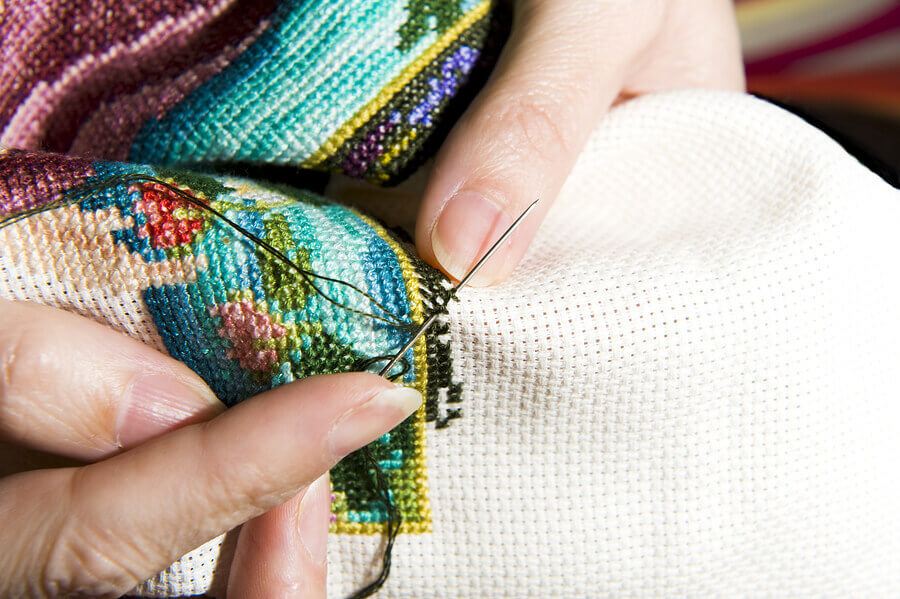
Cross stitching
Cross Stitch Kits
Cross stitch, as stated, is stitched on fabric - primarily cotton and linen in which an X-shaped stitch is produced, using embroidery hoops following a pattern from a book (Google Everything Cross Stitch to see different categories from animals, holidays, florals, sayings, etc. for purchase). I am sure there are shops that have books and threads but they are not as popular as in the past. Hobby shops are another resource for cross stitch. Cross Stitch can also be used with blank needlepoint mesh, on clothing as an example, sweat shirts or blouses, baby blankets and bibs to mention a few. The main difference is having a pattern you stitch onto fabric vs the design already being printed onto it for you to begin…easier on the eyes. DMC cotton embroidery thread is the primary thread used whereas with needle point you can use cotton, wool, silk and a variety of many others. Another option is purchasing a hand stamped kit, my grandmother taught me how to do that when as an early teen I visited her.
For on-line classes for both visit YouTube, which will guide you in producing the stitch you choose. There are many books relating to both. I mentioned two books for stitch examples, however many of the designers have their own books. I recommend you visit your local bookstore or library and check out Amazon!

Needlepoint pillow
Needlepoint kits as well as cross stitch kits can be found in a hobby shop, however let me warn you that needlepoint kits are silk screened or computer printed, which unfortunately are not always reliable. The canvas may not be straight which affects the design and may not match with the area to be stitched. You may also run out of threads that are included. Of course, you may purchase additional threads but due to different dye lots they may not match!
Both forms of needlepoint go back in time hundreds of years . Cross stitch is the oldest form of embroidery. Many folk museums have samplers and samples of clothing. One of my favorite is samplers, created using the alphabet, special dates, family info, etc. It appears needlepoint started in China and evolved over the years into what we have today.
You may recall seeing chairs, benches and even handbags in your grandmother’s home. Many churches have needlepoint and cross stitched pieces created by members of the congregation.

